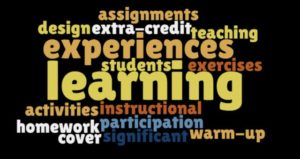
Word Choice: What You Call It Matters to Teaching and Learning
Language influences thought and action. It’s a fundamental idea in linguistics. I remember first encountering it in a class when I was assigned S.I. Hayakawa’s classic Language in Thought and Action. But it’s a principle that’s easy to forget. Here are a few examples that











